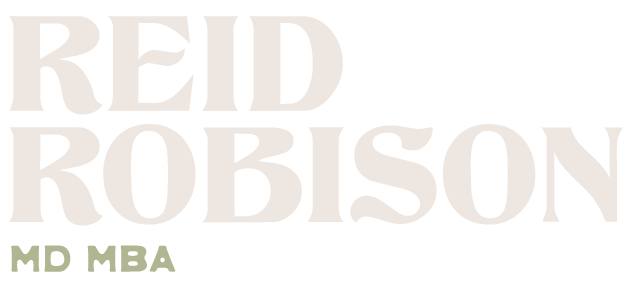Yin and yang
Everything contains the the seed of its opposite. Darth Vader has the seed of goodness, and Luke has the potential to follow his father to the dark side. The universe is a constant oscillation of the of the forces of yin and yang, and in ancient Eastern schools of thought, this was called the Dao (or Tao) and has two sides, like the force. Taoism teaches that we need to learn from both sides. (Unlike Western spirituality that often has a higher power that is all good, and an evil rival). Daoists believe that if you live in harmony with the way, you won’t have to fight against the natural flow of the universe.. you can instead effortlessly ride the wave. Practically speaking, maybe this means to listen more, argue less, and not to worry about being the best. Just be who you are, go with the flow. Live simply, be flexible.
Neither Yin nor Yang are absolute. Nothing is completely Yin or completely Yang. Each aspect contains the beginning point for the other aspect, just as day becomes night and then night becomes day…Yin and Yang are interdependent upon each other so that one requires the other to be complete. The challenge is to find the balance. There will always be pain. There will always be pleasure. But what is not always going to be there is balance, happiness. That is a personal decision. A balanced person will still get depressed, discouraged, frustrated at times, but they don’t direct it towards others. If they do, they quickly realize they made a mistake. Balance is to choose happiness, to feel that the purpose of life is to love, not necessarily to be loved, to be conscious, to be aware, to be fulfilled.
Yin Yang is a system of recognizing how to separate out patterns in our life while also relaxing to accept the overall whole and complete nature of how things are.
Order is where the people around you act in a predictable and cooperative way. It’s the world of social structure, explored territory, and familiarity. It’s the Wise King and the Tyrant, forever bound together, as society is simultaneously structure and oppression.
Chaos, by contrast, is where—or when—something unexpected happens. Chaos emerges, in trivial form, when you tell a joke at a party with people you think you know and a silent and embarrassing chill falls over the gathering. Chaos is what emerges more catastrophically when you suddenly find yourself without employment, or are betrayed by someone you love.
Order and chaos are the yang and yin of the famous Taoist symbol: two serpents, head to tail. The black dot in the white—and the white in the black—indicate the possibility of transformation: just when things seem secure, the unknown can loom, unexpectedly and large. Conversely, just when everything seems lost, new order can emerge from catastrophe and chaos. For the Taoists, meaning is to be found on the border between the ever-entwined pair (in dialectical behavior therapy, the “wise mind”). To walk that border is to stay on the path of life, the divine Way.
“Shadow work is the path of the heart warrior”, said Carl Jung. Maybe our task isn’t only to look into the light, but also to bring the light into the darkness, because in each of us there is another whom we don’t know, and everything that irritates us about others can lead us to an understanding of ourselves. Dark nights produce bright stars.
Here’s a story of a ceremony from the Egyptian book of the dead, called the “Weighing of the heart”. The ancient Egyptians didn’t think much of the brain. In fact, when creating a mummy, they scooped out the brain through the nostrils and chucked it. However, the heart was viewed as sacred, so it was removed carefully and preserved. After death, to find out if you (and your heart) qualified for the afterlife, ancient Egyptians believed you had to first descend to the underworld, enter the Hall of the Dead, and have your heart weighed. It had to be lighter than the feather of Ma’at, the goddess of justice, and then you could live forever and ever.
If your heart was heavy, it was eaten by the demon Ammit, with the head of a crocodile, the shoulders of lion, and the rump of a hippo (quite the combo, basically everything Egyptian kids were scared of, wrapped into one).
The heart was thought to be the spiritual center our physical bodies, where our divine nature resides. And this whole story kind of parallels what needs to happen in our own lives when we eventually decide to open our eyes, descend into our own ‘underworlds’, often with fear/confusion/uncertainty, and bring the darkness to light — maybe wrestling with an inner demon or two — and emerge with a carefree, light heart, rather than with a heavy heart (that is full of guilt and regret). Our hearts might even be heavy because of burdens and obligations that society heaps upon us, not even from things we’ve done. The scale itself seems symbolic in a number of ways too, showing that we need to be in control of both sides of our duality, ‘weighing’ decisions cautiously and deliberately, restoring balance and harmony within.
The moral of of the story: life is a journey, full of decisions and choices, where we learn to unravel our dilemmas, conquer our inner demons, and then ascend from this subconscious underworld with the ‘lightest of hearts’, so we can really pursue our path of personal destiny, fulfill our dreams, and bask in the peace, contentment & simplicity of our personal kingdoms.



